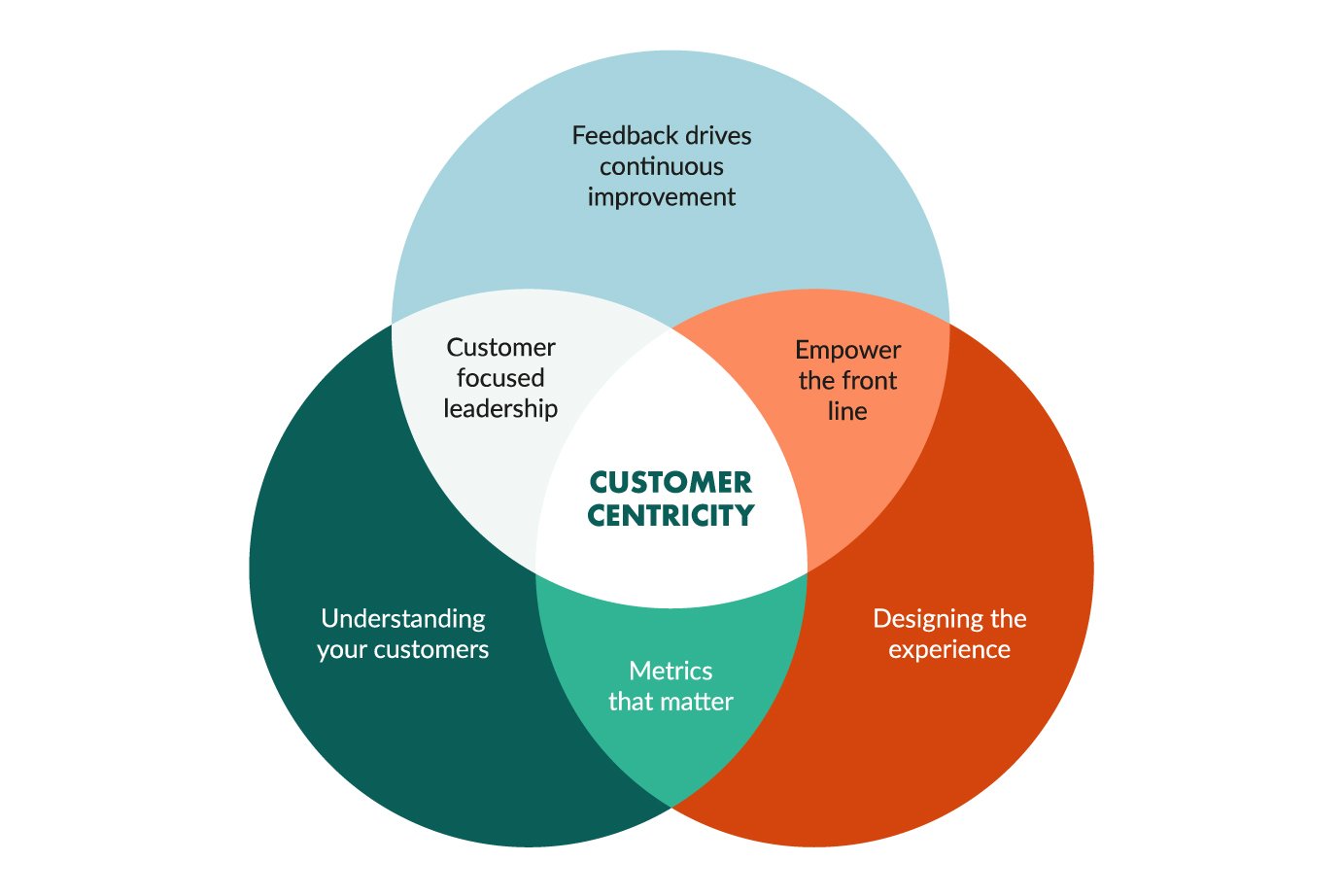Crafting a Customer-Centric Strategy
In today’s fast-paced and ever-evolving business world, one thing remains constant: the importance of putting customers at the center of everything you do. Crafting a customer-centric strategy is essential for building a successful and sustainable business model that focuses on meeting the needs and preferences of your target audience.
When it comes to creating a customer-centric strategy, the key is to truly understand who your customers are and what they want. This involves conducting thorough market research, analyzing customer data, and actively listening to feedback from your customers. By gaining insights into their preferences, behaviors, and pain points, you can tailor your products, services, and marketing efforts to better meet their needs.
One of the first steps in crafting a customer-centric strategy is to define your target audience. Who are your ideal customers? What are their demographics, interests, and buying behaviors? By creating detailed customer personas, you can better understand the motivations and desires of your target audience, allowing you to create more personalized and relevant experiences for them.
Once you have a clear understanding of your target audience, it’s important to align your business goals and objectives with their needs and preferences. This means developing products and services that solve their problems, provide value, and enhance their overall experience. By putting the customer at the center of your decision-making process, you can create a strong competitive advantage and build a loyal customer base.

Image Source: superoffice.com
Another key component of a customer-centric strategy is to prioritize customer satisfaction and loyalty. This involves delivering exceptional customer service, responding promptly to inquiries and concerns, and continuously seeking feedback to improve your products and services. By building strong relationships with your customers and exceeding their expectations, you can create brand advocates who will not only continue to support your business but also recommend it to others.
In addition to focusing on individual customers, it’s also important to consider the overall customer journey. From the initial awareness and consideration stages to the purchase decision and post-purchase support, every interaction with your brand should be seamless, consistent, and positive. By mapping out the customer journey and identifying pain points or areas for improvement, you can optimize the customer experience and create a strong sense of loyalty and trust.
Ultimately, crafting a customer-centric strategy is about more than just meeting the needs of your customers – it’s about building long-lasting relationships and creating a positive brand image. By taking a customer-focused approach to every aspect of your business, from product development to marketing to customer service, you can differentiate yourself from competitors and create a strong emotional connection with your target audience.
In conclusion, building a customer-focused business model requires a strategic and intentional approach to understanding and addressing the needs and preferences of your target audience. By crafting a customer-centric strategy that puts the customer at the center of everything you do, you can create a strong competitive advantage, build customer loyalty, and drive long-term success for your business.
Embracing a Laid-Back Approach
When it comes to building a customer-focused business model, many companies may feel the pressure to be constantly on top of their game, always striving for perfection and efficiency. However, there is something to be said about embracing a laid-back approach when it comes to connecting with customers and creating a positive experience for them.
Instead of always trying to push for the next best thing or constantly chasing after the latest trends, taking a more casual and relaxed approach can actually be more beneficial in the long run. By creating a more laid-back atmosphere within your company, you can foster a sense of authenticity and genuine connection with your customers.
One way to embrace a laid-back approach is to focus on building relationships with your customers rather than just trying to sell them a product or service. Take the time to get to know your customers on a personal level, listen to their feedback and concerns, and show them that you genuinely care about their needs and preferences.
Another way to incorporate a laid-back approach into your business model is to be more flexible and adaptable in your interactions with customers. Instead of sticking to a rigid set of rules or guidelines, be willing to bend the rules a little to accommodate the individual needs of your customers. This will show them that you are willing to go the extra mile to ensure their satisfaction.
In addition, embracing a laid-back approach can also help to create a more positive and enjoyable work environment for your employees. By promoting a culture of relaxation and open communication within your company, you can foster a sense of creativity and innovation that can lead to better customer experiences.
When customers feel comfortable and at ease when interacting with your business, they are more likely to trust your brand and become repeat customers. By taking a more casual and laid-back approach, you can create a more welcoming and inviting atmosphere that will keep customers coming back for more.
Overall, embracing a laid-back approach in building a customer-focused business model can help to create a more authentic and genuine connection with your customers. By focusing on building relationships, being flexible and adaptable, and creating a positive work environment, you can create a unique and memorable experience for your customers that will keep them coming back time and time again.
Creating a Customer-Centric Business Model